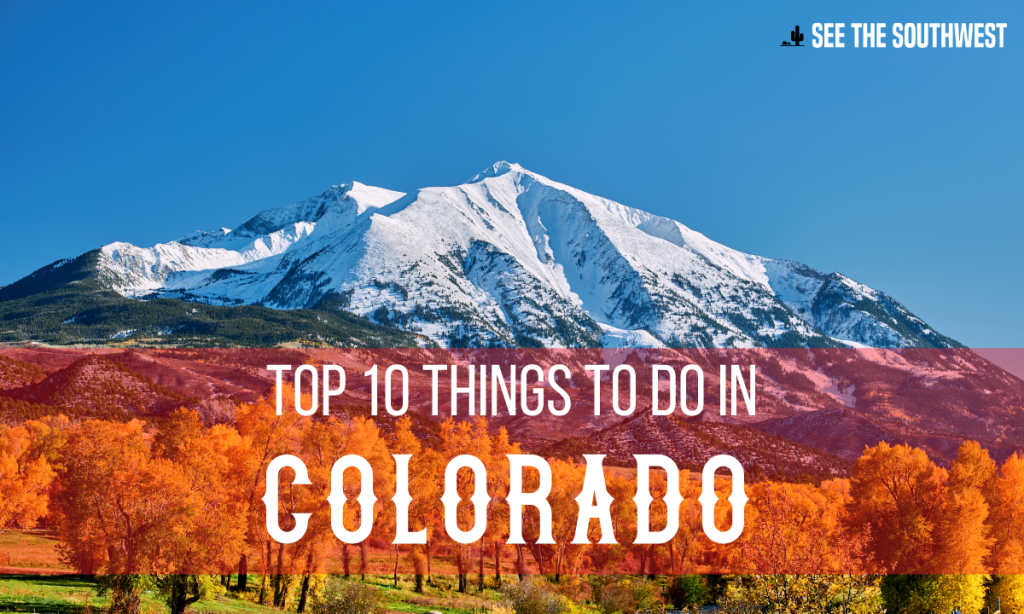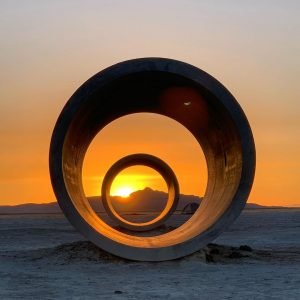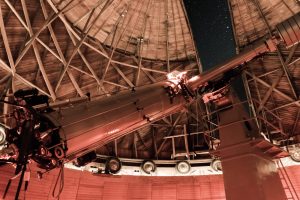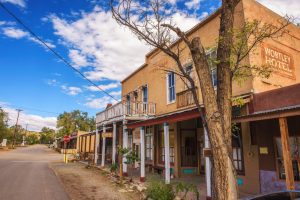
Colorado is filled with amazing beauty, soaring mountains, tumbling rivers and streams, tranquil lakes, tall forests, soaring sand dunes, deep canyons and much more. Here are our top picks (in no particular order) for things to see and do in Colorado.
Black Canyon of the Gunnison
The Black Canyon of the Gunnison is the deepest and steepest canyon in the United States. It is even deeper and steeper than the Grand Canyon! While the view is not quite as awe-inspiring as the Grand Canyon’s vast vistas, the Black Canyon is equally stunning simply because it is hard to believe something that deep and can be so narrow!
Colorado National Monument
Colorado National Monument near Grand Junction, Colorado, is only 31-square miles — a tiny fraction of the huge Colorado Plateau, which covers more than 500 square miles. Yet this small section packs a mighty punch. It has some of the best redrock expanses, deep canyons and sandstone towers the Southwest has to offer. Best of all, the paved road through the park, and far fewer visitors than neighboring parks Canyonlands and Arches, allows you to pretty much have the place to yourself.
Durango & Silverton Narrow Gauge Railway
What better way to experience the majesty and grandeur of the San Juan Mountains in southwestern Colorado than by narrow gauge railroad! The Durango & Silverton Narrow Gauge Railroad line runs between the old mining towns of Durango and Silverton, Colorado. The tracks run along the steep sides of a mountain high above the Animas River. Railroad tracks are normally 4 feet 8 1/2 inches wide, but because the engineers had so little room to build, the Durango-Silverton rails are only three feet apart. Little black engines, the same used when the railroad was in operation hauling ore and supplies, pull closed or open air wooden coaches up the steep grades.
Garden of the Gods
Imagine sandstone rock formations that soar 300 feet into the air and hang precariously over the valley floor, all set against the backdrop of snow-capped Pikes Peak. The rock formations resemble the fins of gigantic sea creatures breaking the surface of the sandy soil below. The soaring vistas and inspirational scenery make Garden of the Gods in Colorado Springs, Colorado, a true scenic wonder.
Great Sand Dunes National Park and Preserve
Strange to think that the tallest sand dunes in the United States are actually high in the mountains, but it’s true. Great Sand Dunes National Park and Preserve, elevation 8,000 to 13,000 feet, has more than 30 square miles of sand dunes. That’s something like five billion cubic yards of sand.
Mesa Verde National Park
Mesa Verde contains the ancient ruins of the ancestral Pueblo people who lived in the southwest from 600 A.D. to 1300 A.D. Mesa Verde, which means green table in Spanish, has numerous cliff dwellings and ancient pit houses. The ruins known as Cliff Palace is one of the largest man-made ancient dwellings in the world, raised before modern building techniques were even developed. In size and scope, Cliff Palace and the other cliff dwellings at Mesa Verde rival the pyramids of Egypt. In fact, Mesa Verde National Park has more than 4,800 archeological sites and nearly 600 cliff dwellings — including the famed Cliff Palace, Spruce Tree House, Balcony House and Long House.
Rocky Mountain National Park
Rocky Mountain National Park provides countless opportunities for breathtaking scenery and extraordinary outdoor experiences. It is one of the most well-known, well-traveled and recognizable parks in the country, and yet it offers countless opportunities to experience the wilderness and the beauty of the majestic peaks in solitude. Topping it all is Longs Peak, elevation 14,259 feet, its rugged summit, tipped with snow even during the summer months.
Cave of Winds
The Cave of the Winds was formed in the limestone layers roughly 4-7 million years ago while the layer was still under the water table. Rainwater mixed with carbon dioxide and formed a weak carbonic acid. The acid solution dissolved away portions of the limestone leaving behind the passageways and rooms you can see today. When the water table dropped below the level of the caves, it didn’t leave them dry. Water continued to find its way in through numerous cracks and fissures from above. These steady streams and drips left their mineral content behind in the cave, forming the gorgeous decorations you can see today — stalactites, stalagmites, draperies, flowstone and more.
Explore Denver
The Mile High City, got its start as a jumping off point for the Colorado Gold Rush that started in 1850s. Denver was founded as a mining and supply settlement in 1858. Today, the bustling town of around 600,000 inhabitants is a terrific place to visit. It has everything … museums, zoos, night life, resorts and spas, symphony, theater, ballet, cultural and historical sites and so much more!
The Grand Mesa
Grand Mesa is the largest mesa in the world and covers roughly 500 square miles. The mesa stretches 40 miles east of Grand Junction, Colorado, nestled between the Colorado and the Gunnison Rivers which helped to shape this high mountain retreat. Reaching heights of 11,000 feet, the mesa is a cool, green oasis high above the semi-arid and desert terrain of western Colorado. Thanks to the geologic wonders, 300 high altitude lakes and plenty of outdoor adventures, Grand Mesa is a fantastic place to visit during the summer months.




